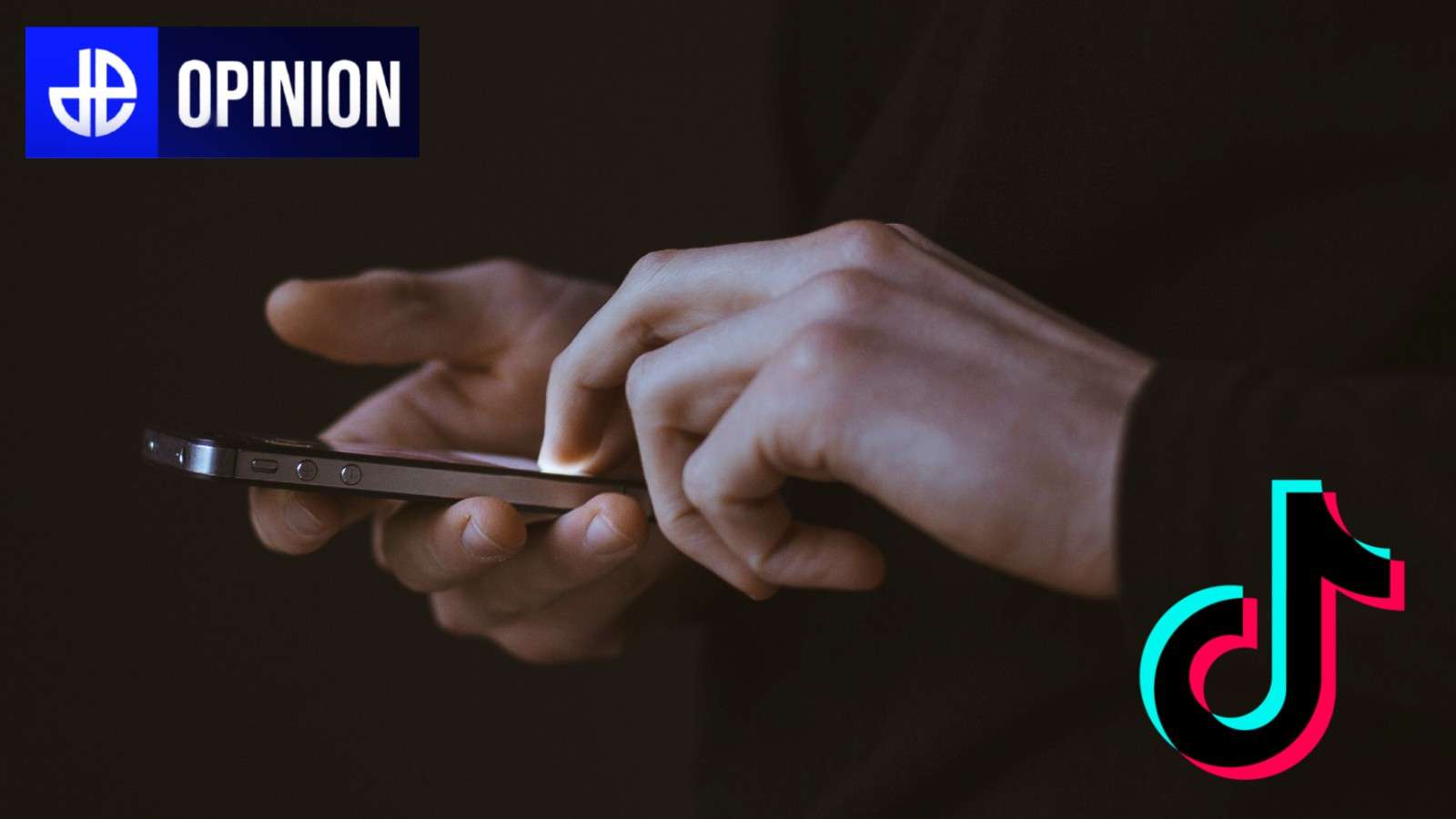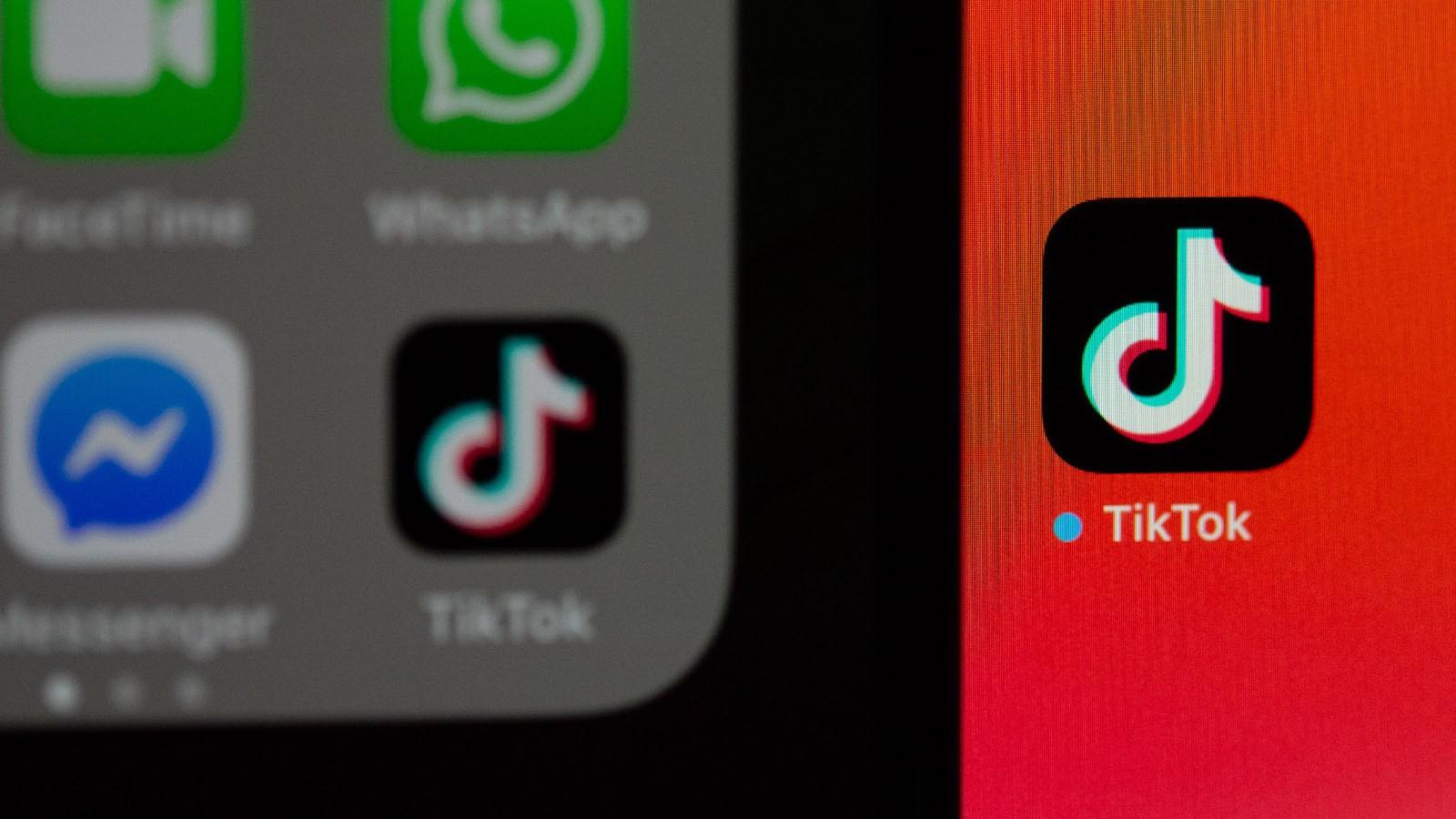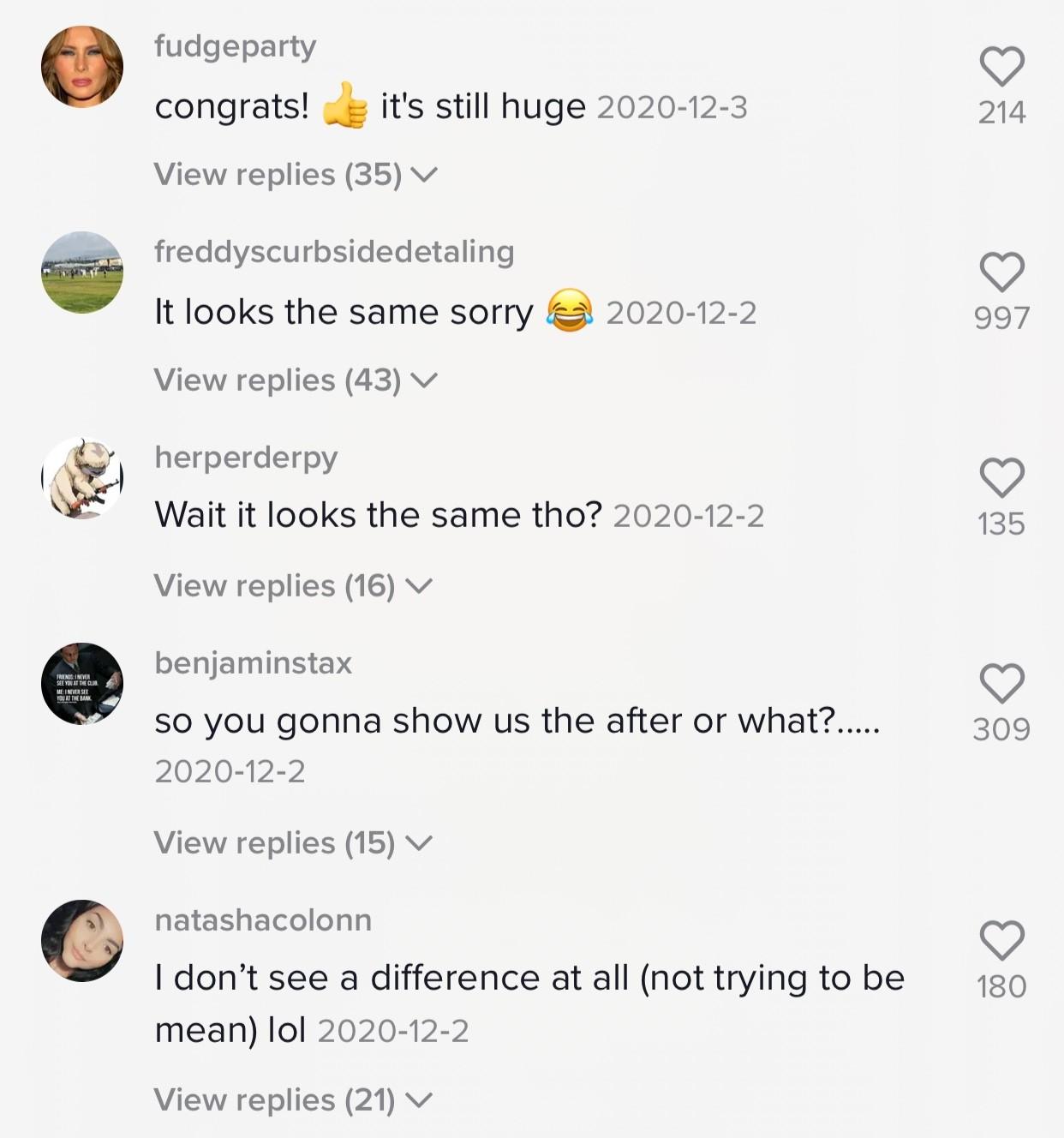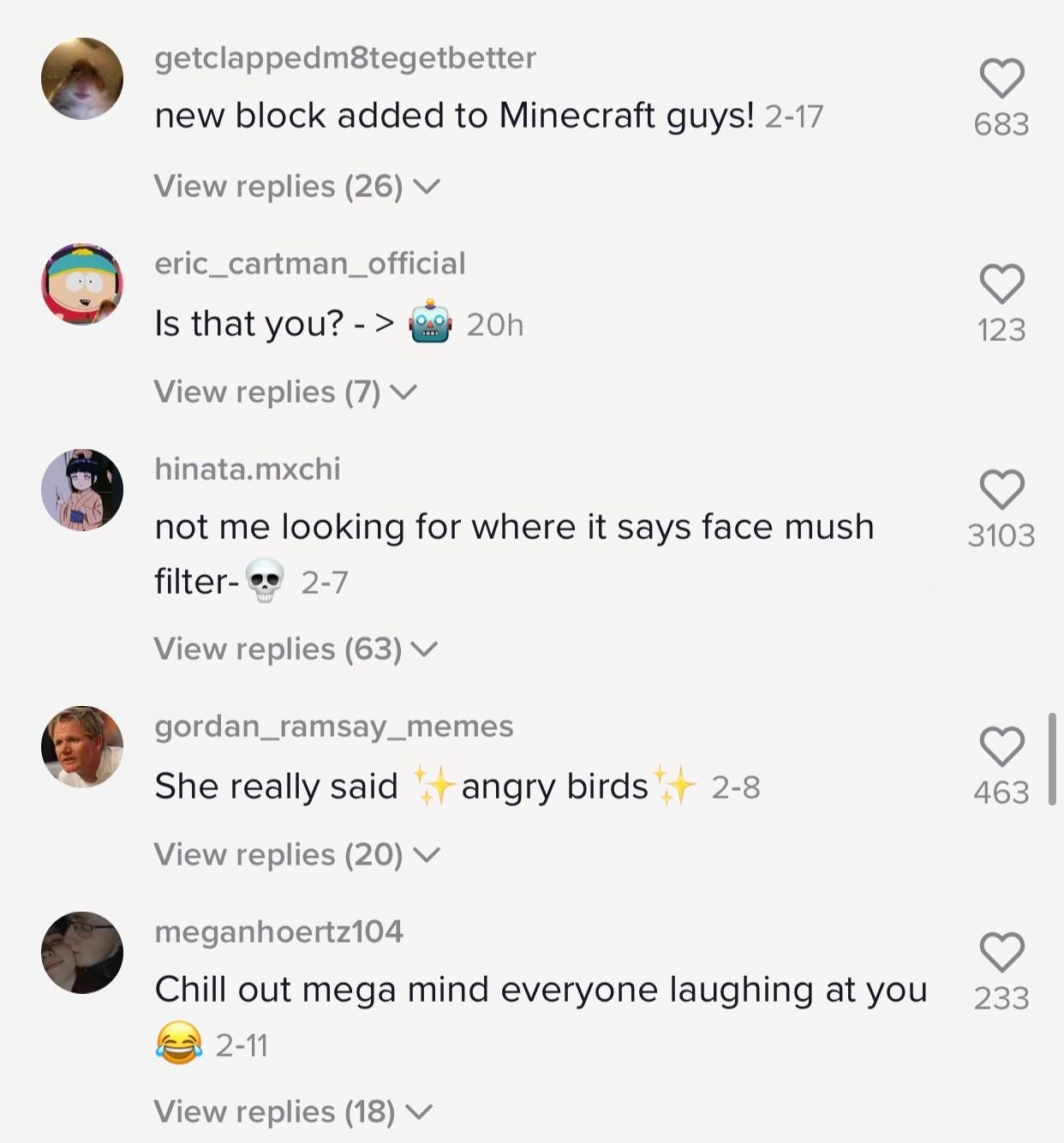How TikTok trends based on looks are making the app toxic
 Unsplash: Giles Lambert
Unsplash: Giles LambertPhysical appearance is becoming an increasingly prominent part of countless popular TikTok trends, but what kind of impact is this having on people’s attitude to appearance as a whole on the app?
Particularly over the past year, TikTok has become a primary hub for viral videos, trends, and music discovery, with the app’s many features and filters providing plenty of material for its millions of users to use.
As with many other social media apps before it, ‘catfish’ transformations or other physical appearance-focused videos are seeing a huge rise in popularity on TikTok.
While many of the trends are made with the intention of being a self-confidence booster, these videos, along with other trends that seek to focus on appearance, are proving to generate more toxicity than positivity, resulting in countless disturbing comment sections. But how are these trends contributing to negativity on the app?
 TikTok
TikTok“Musty or clean?”
Exactly what the criteria are for being ‘musty’ or ‘clean’ are still up in the air, but that’s part of the appeal of this trend. People ask their viewers to tell them which of the two they are, and commenters get bizarrely specific with their descriptions.
“You look clean, but also like you smoke and use heavy perfumes,” one commenter says about a young girl asking her followers for opinions. “If your hair was all the same color you would look less musty, if that makes sense,” another writes.
As the trend started to spread further across the app, people realized that it tends to be conventionally attractive people who get called ‘clean,’ and unconventionally attractive people who are deemed ‘musty.’
 Unsplash: Solen Feyissa
Unsplash: Solen FeyissaThis highlights an age-old problem in which attractiveness is seen to be directly correlated with hygiene. It’s perpetuating the idea that people, women in particular, have a responsibility to be beautiful. It makes people feel justified in insulting each other.
- Read More: What is the ‘no beard’ trend on TikTok?
While the trend started as a practically meaningless label, the word “musty” has all too easily slipped into the vocabulary of the average TikTok user, and it’s not uncommon to find the insult in hate comments across the app.
Surgery transformations
A popular type of transformation trend sees people showing the before and after of their plastic surgery, with some creators even building a following from the hype surrounding their surgery.
One user with a larger nose showed the process of having plastic surgery, the video showing a clip from each day of recovery. After dealing with the extraordinarily painful-looking recovery process, she finally revealed her new nose, free of bruising.
But commenters were not happy. Why? Because they claimed her nose wasn’t that different. By conventional standards, her nose was still bigger than average, but she’d had a bump on the bridge shaved down so the line was smoother, and she looked much more confident and happy as a result.

“So you’re telling me that you spent thousands of dollars and a month in recovery with a broken face to have the smallest bump go down?” one commenter wrote. “Get ya money back, no difference,” said another.
People acted as if it was a disappointing ending to a TV show they were invested in, forgetting that the surgery was never for them in the first place. They felt like they had a right to comment cruel things about her because, in their eyes, the 45 seconds they spent watching the build-up to the reveal weren’t worth it.
- Read More: How to duet on TikTok
While this trend, and others like it, offer a way for people to show off the new ‘confident’ version of themselves following their surgery, it actually opens up the floor for criticism. It’s not the creator’s fault that they receive criticism, but is an issue with appearance-obsessed internet culture as a whole.
What are the effects?
These trends are training people to be critical. If you spend enough time carefully considering whether someone is ‘musty’ or ‘clean,’ or whether their surgery was actually worth it, then you start projecting those expectations on those who want nothing to do with these trends.
Appearance-based trends have cultivated an environment in which judgment is normal, and bullying is accepted as comedy. In cruel onslaughts of hate, thousands of people flock to comment sections mock the appearance of creators who end up on their FYP.

“I RAN to the comment section” is practically code for, “I had a mean thought that I should have kept to myself, but I’m relieved to see that we can all openly ridicule this person for circumstances outside of their control, together.”
Trends that focus so heavily on the physical attractiveness of the participants are perpetuating the idea that being conventionally attractive is important. It makes people feel as though they have the right to critique some else’s appearance if they’ve put themselves on the internet, which is having a detrimental effect on the mental health of many TikTok users.



